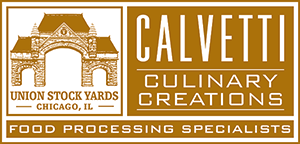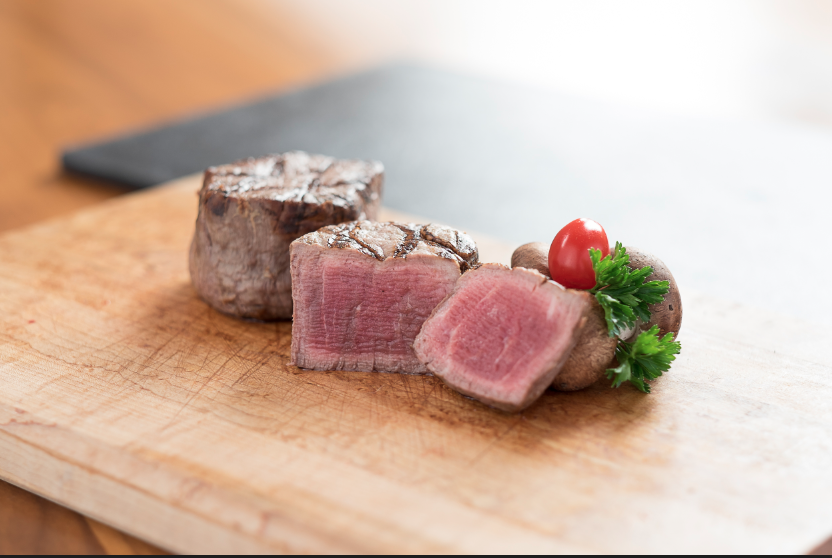This post was first published by Jamie Calvetti on LinkedIn
The travel and hospitality industries go together like surf and turf, but one of them is improving their food service leaps and bounds over the other.
“What’s the deal with airline food?”
These words are, unfortunately, immortal. Airline food has quite the bad reputation with travelers, but the jokes have not changed with the times. In reality, in-flight meal services have taken a completely different look. Instead of serving bland and boring plates of food not much better than microwave dinners of yesteryear to the entire cabin, successful airlines have caught on to the idea of using better food to add value to more expensive tickets. In fact, 3 of the top 10 airlines (all of whom had business class service) had their premium menus specifically mentioned.
In order to keep up with the competition, foodservice as an amenity is becoming less and less of an option. You might have noticed a handful of airlines roll out new menus or announce future upgrades this year. Nowadays, you can get a finely presented plate of lobster mac with a beef filet perfectly seared and Sous Vided for fine dining at 30,000 feet (you’re welcome).
So what does this mean for hotels? A whole darn lot.
Expectations Are Rising
You don’t need to read blogs filled with buzzwords to know that consumers’ demands are changing. Trends come and go but no matter the flavor or label, your customers want things better, faster and cheaper. Food is no exception.
To gain business and loyalty, a person has to think the brands they associate themselves with help their personal image. That includes everything from social causes down to social media check-ins and photos. Not only do you have to worry about how your food looks in person, but how it looks at any given time on the internet. Now, consistency and quality control come into play just as much as plating.
You’re Running Out of Excuses
When it comes to meal service, many of the biggest challenges in the hospitality world boil down to one question: how?
- How do we best prepare for ebbs and flows of guests?
- How do we control consistency across ingredients and shifts in staff?
- How do we make our kitchen design work smarter?
- How do we prepare food that pleases guests without sacrificing something?
The answer is surprisingly simple: technology. If hundreds of pounds of uniformly cut and seared beef can make it onboard before being cooked to the right temperature and consistency on an airplane (while maintaining color and nutrition, mind you), then hotel kitchens can manage the same. From cook-in packaging to pre-searing machines to newly-popular cooking styles, and pre-prepared Sous Vide food, there’s an endless amount of choices to make a kitchen capable of nearly anything.

